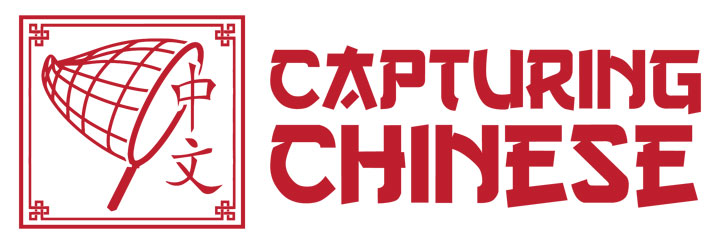Learn Chinese Through Stories: Lao She's Teahouse
This week we are introducing Lao She's seminal work. Teahouse (茶馆) is a three act play that is very famous in China and in the West. The work was published in 1957 and marks the peak of Lao She's career as a playwright. The play is also remembered as a historic work in modern Chinese drama. The play takes place in one scene throughout the three acts. That scene is, you guessed it, a teahouse. While being situated just at a teahouse might seem boring, it provided a good base to contrast the historical changes happening in China. The play has a total of 70 characters and the play covers 50 years of Chinese history. The play uses a lot of the Beijing dialect and has old Beijing customs like walking your bird its cage. The first act takes place at the end of the 19th century and the beginning of the 20th century as the Qing Dynasty was attempting to make some reforms, but was near the end of its life. The second act depicts the worst of the Republic of China (1912-1949). He highlights the petty fighting between warlords while the common people continued to struggle. The third act is about the Kuomingtang's disgraceful government in Beijing after the end of the Second Sino-Japanese War (第二次中日战争). The Second Sino-Japanese War began in 1937 and ended in 1949. A teahouse in Qianmen called 老舍茶馆 has now become a huge tourist attraction in Beijing. The scene of the Teahouse from the story has become an actual teahouse where you can enjoy some of China's best tea while watching a variety of Chinese shows. You can find more on their website: www.laosheteahouse.com. By reading Lao She's Teahouse you can learn Chinese through stories as well as learn some important Chinese history. Since the play spans 50 years, you can read about Chinese life during the imperial Qing, the Republican period, and after 1949. The best way to improve your Chinese is to keep reading Chinese. Reading Chinese stories is very enjoyable and you can learn so much abut Chinese culture as well. Lao She's Teahouse is one of our favorite stories and will be included as a book in our Capturing Chinese series in the future. Remember when you are reading Chinese in general, don't focus on understanding everything. If a few characters are difficult, then skip them and keep reading. You might see the Chinese characters in a different context and then remember their meaning. Your Chinese will get better as you read Chinese short stories, so 加油 and until next week. Enjoy! Learn Chinese through Stories - Lao She's Teahouse 老舍茶馆
